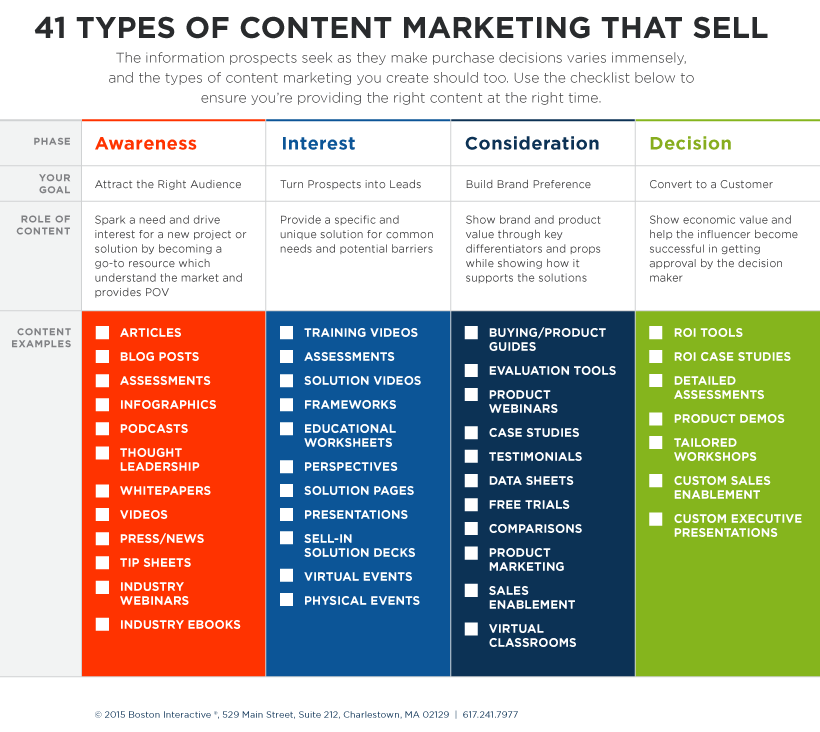Creating effective content is essential for all content marketing strategies. Too often we witness others creating content for the sake of creating content or checking a box versus creating content with a purpose.
How do we define effective? To keep things simple, I think we define effective content as meaning anything video, post, article, podcast, or whitepaper that works towards a business or brand goal. If you feel like you are creating content for the sake of creating content and are going at things without a purpose you have two choice: quit or get better. (Keep reading if you choose the latter.)
Content Marketing is a long play, which can get frustrating. I know first hand how hard it is to create effective content and not see results for a duration of time. We want you to stick with it and get better — so here are some tips that we abide by that work for Trinity Web Media’s digital marketing team.
Tips For Creating Effective Content
• Know your goals: What are trying to do with your content? Build awareness, increase search, get notice, or convert visitors — pick one for each piece of content you produce.
• Know the audience: When you know your audience and what is important to them the messaging falls inline. Also, when you are familiar with the audience you also know where to broadcast the content to drive the point across.
• Create content that makes you proud: It should go without saying, but if you are not excited about your work and what you publish, how can you expect anyone else to be excited? The WordPress development, content marketing, social media marketing and the digital marketing space is noisy — for you to be noticed you need to be exceptional.
“Be undeniably great.” – Steve Martin
• Stay in tune with the metrics: You will not change what you do not measure. Measure often, iterate often — review, refine, repeat constantly.
The above infographic from Boston Interactive is so good we decided to use it vs. creating our own. This infographic perfectly lays out various types of content, the associated goals, and the role content plays in the bigger picture.


